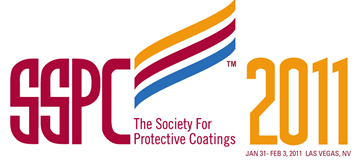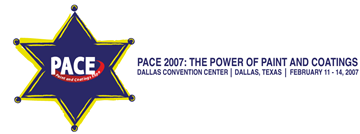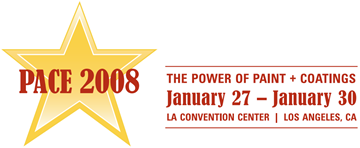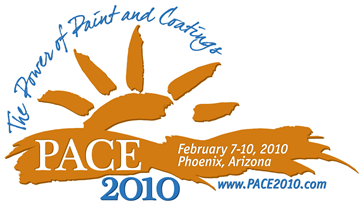Search
Products tagged with 'bridge'
View as
Sort by
Display
per page
Brooklyn Bridge - Repainting the Most Iconic Structure in the World
Product Number:
41213-797-SG
Publication Date:
2013
$20.00
Case Study: Bridging the Gap: The Construction of the Pearl Harbor Memorial Bridge: Temporary Colloring to Cure COncrete on a 210 ft. / 40’ Wide Span
Product Number:
41211-649-SG
Publication Date:
2011
$20.00
Characterization of Coating Performance in Various Natural Exposure Environments
Product Number:
41205-201-SG
Publication Date:
2005
$20.00
Cleaning & Painting of the Main Street Bridge Jacksonville Florida ‘A Super Bowl Face-Lift’ Part 2
Product Number:
41205-163-SG
Publication Date:
2005
$20.00
Cleaning and Painting of the Hal Adams Bridge Mayo, Florida ‘ A Challenging Repainting Project on a Unique Florida Bridge
Product Number:
41207-375-SG
Publication Date:
2007
$20.00
Compating Corrosion of Nuts & Bolts (Support Rods & Fasteners)
Product Number:
51220-244-SG
Publication Date:
2020
$20.00
Concrete Bridge Coatings in Kentucky: Progress in Lab and Field Testing Results
Product Number:
41208-404-SG
Publication Date:
2008
$20.00
Effect of Early and Late Presence of Sulfate Ions on Steel Corrosion Development in Alkaline Solution
Product Number:
51323-18957-SG
Publication Date:
2023
$20.00
Effects of Chloride Contamination on Coatings Performance
Product Number:
41212-686-SG
Publication Date:
2012
$20.00
Environmentally Friendly Graffiti Resistant Coatings:Waterborne Polyurethane Coatings for Bridge Infrastructure That Actually Work
Product Number:
41210-567-SG
Publication Date:
2010
$20.00
Florida Department of Transportation Metalizing Existing Bridge Structures: A Case Study
Product Number:
41214-852-SG
Publication Date:
2014
$20.00











